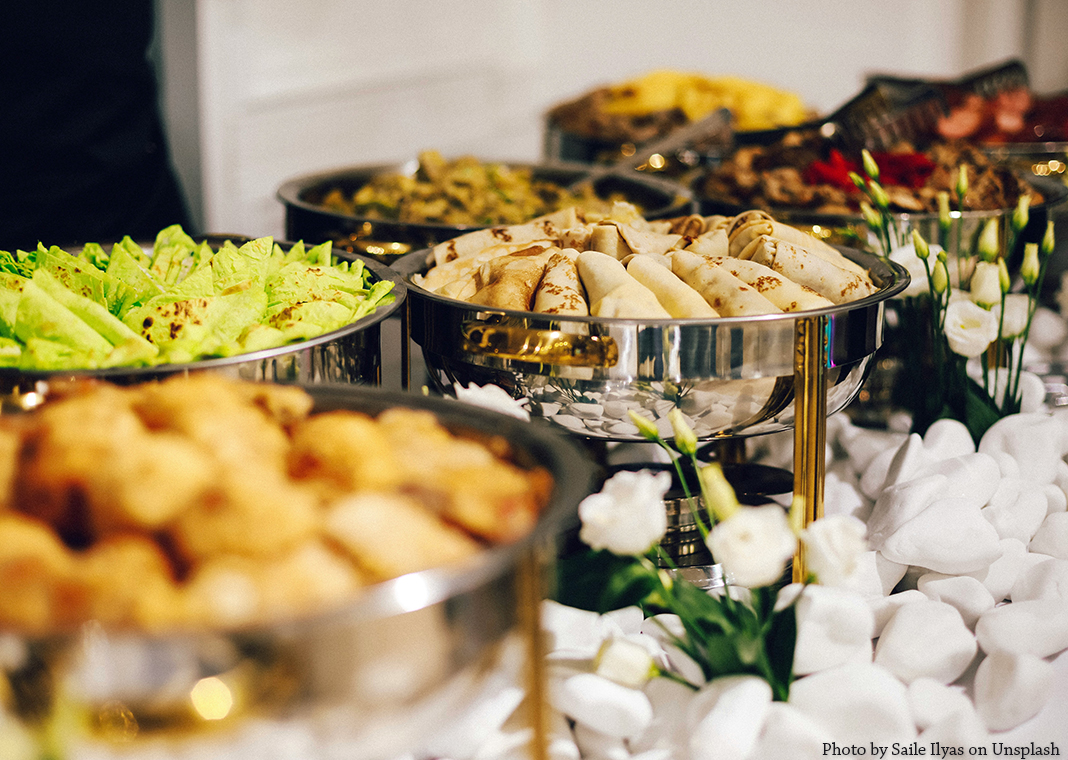
During Lent, we practice specific disciplines: prayer, fasting, and almsgiving. So how do we practice Easter? We certainly don’t give up on praying and almsgiving, although those are colored now more by joyful gratitude than penance. But what does it mean to move from fasting to feasting?
Feasting is not to be associated with gluttony. Feasting, for Catholics, is not a selfish or gluttonous endeavor. Rather, it is to be understood as savoring that leads to sharing. In order to enjoy a feast or a banquet, one need not gorge oneself on food and drink but rather appreciate and savor the delicious flavors of the abundance provided.
A feast is marked by joy, and that is the overriding mood of the Easter season. We savor the story of the Resurrection and the graces of God’s enduring mercy and respond with joy.
Most importantly, feasts are celebrated in order to remember an event. Over the 50 days of Easter, we savor the season’s Gospel stories and delight in what God has done for us through the Risen Christ.
Feasts are also hosted by someone. Easter is a Feast of the Lord that we are invited to partake in and to savor. As always, it’s not about us but about what God is doing for us.
So just as during Lent we make a list of things to give up, Easter can and should be a time for us to make a list of what we want to savor most: abundant blessings, family, other relationships, work, health, and creation. To savor means to dwell on with delight. With that in mind, what do you plan to savor most during these 50 days of Easter?
Photo by Saile Ilyas on Unsplash.





Be the first to comment